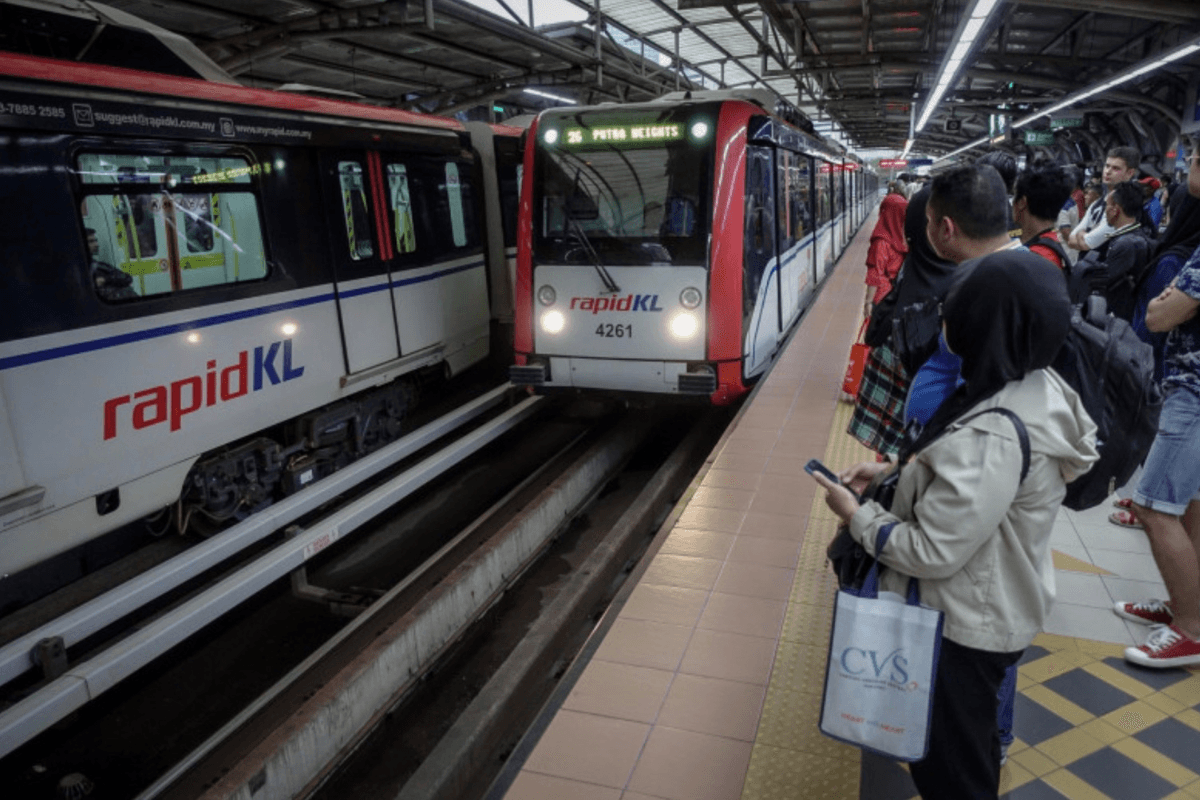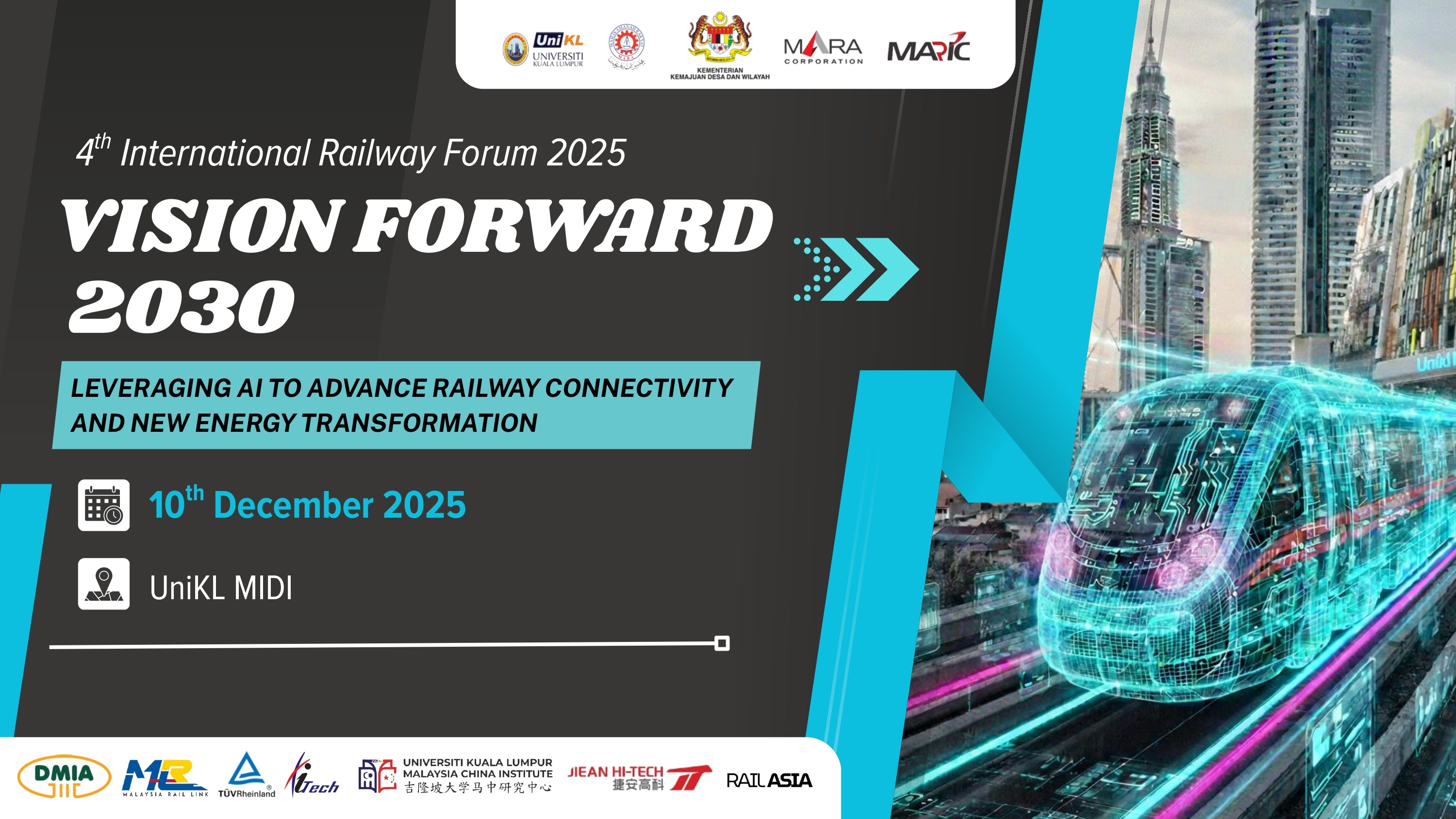Oct 24, 2025
Malaysia's Perlis Inland Port Set to Transform China-ASEAN Rail Freight with RM370 Million Investment
KUALA LUMPUR, October 2025 — Malaysia is making a substantial investment of RM370 million in the Perlis Inland Port (PIP), a multimodal logistics hub designed to position rail as a central freight corridor between China and the ASEAN region. This initiative underscores the country’s long-term commitment to enhancing supply chain efficiency and expanding its role in regional trade networks.
Located within the Chuping Valley Industrial Area near the Malaysia–Thailand border, PIP is set to begin partial commercial operations in November 2025, with full operations anticipated by January 2026. Once operational, the facility will handle up to 300,000 twenty-foot equivalent units (TEUs) annually, integrating both road and rail connections that extend all the way to China. The advanced facility is also expected to feature automated signalling and digital management systems to streamline freight handling and improve efficiency.
Aimed at serving as a key ASEAN cargo hub, PIP will facilitate the movement of goods originating from Singapore, Thailand, and Malaysia, enabling a shift from slower maritime routes to faster, rail-based logistics. The development aligns closely with Malaysia’s vision of becoming a strategic player within the Trans-Asia Rail Network and complements China’s Belt and Road Initiative (BRI) by providing an efficient inland alternative for regional freight.
However, several challenges remain. Cross-border bottlenecks, inconsistent customs procedures, and limited digital interoperability between different national systems pose potential obstacles to seamless logistics operations. Additionally, certain sections of the connecting rail network are yet to be fully double-tracked, which may affect reliability and transit times.
Despite these hurdles, the Perlis Inland Port represents a forward-looking strategy to modernize Malaysia’s logistics landscape and solidify its position as a regional freight gateway. By combining advanced rail infrastructure with digital integration, the project has the potential to redefine cross-border trade efficiency and strengthen Malaysia’s economic connectivity within Asia.
Source: The Business Times
Related Post
Latest Post
Subscribe Us
Get Subscribe To Our Latest News & Update












